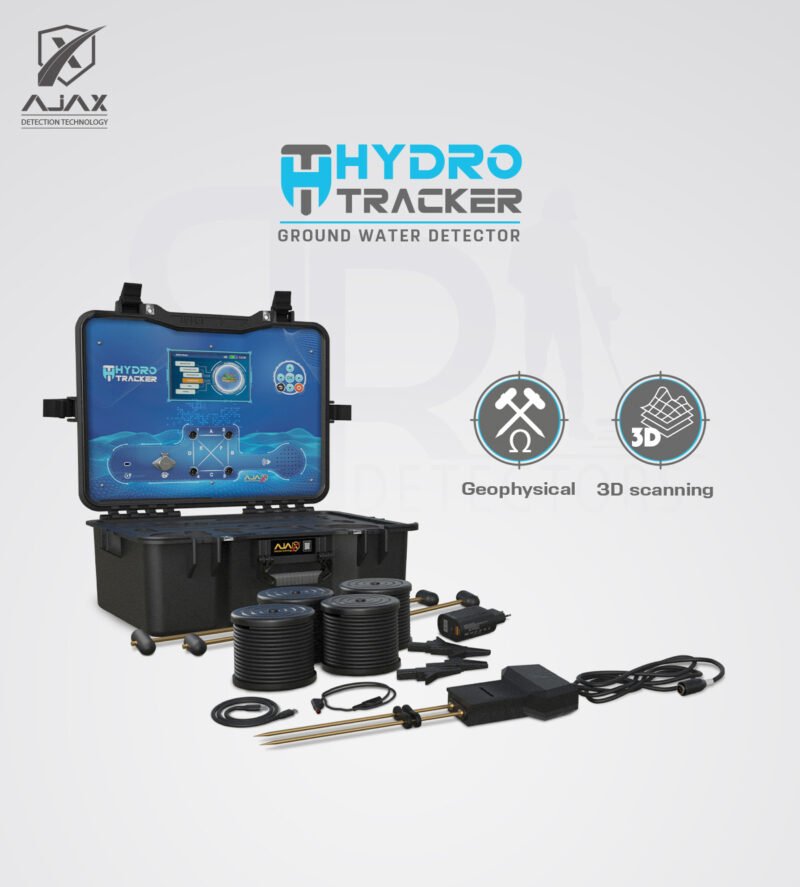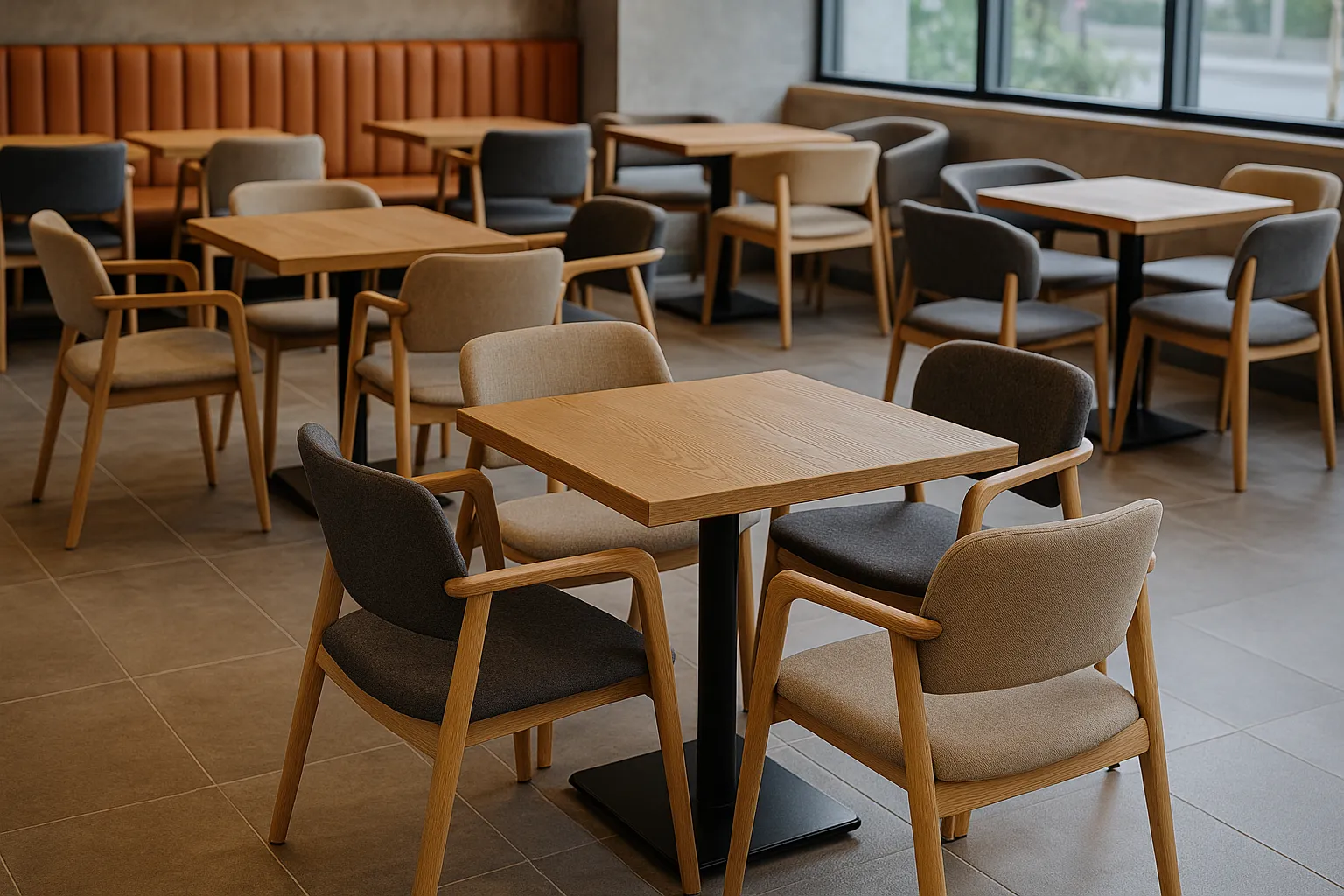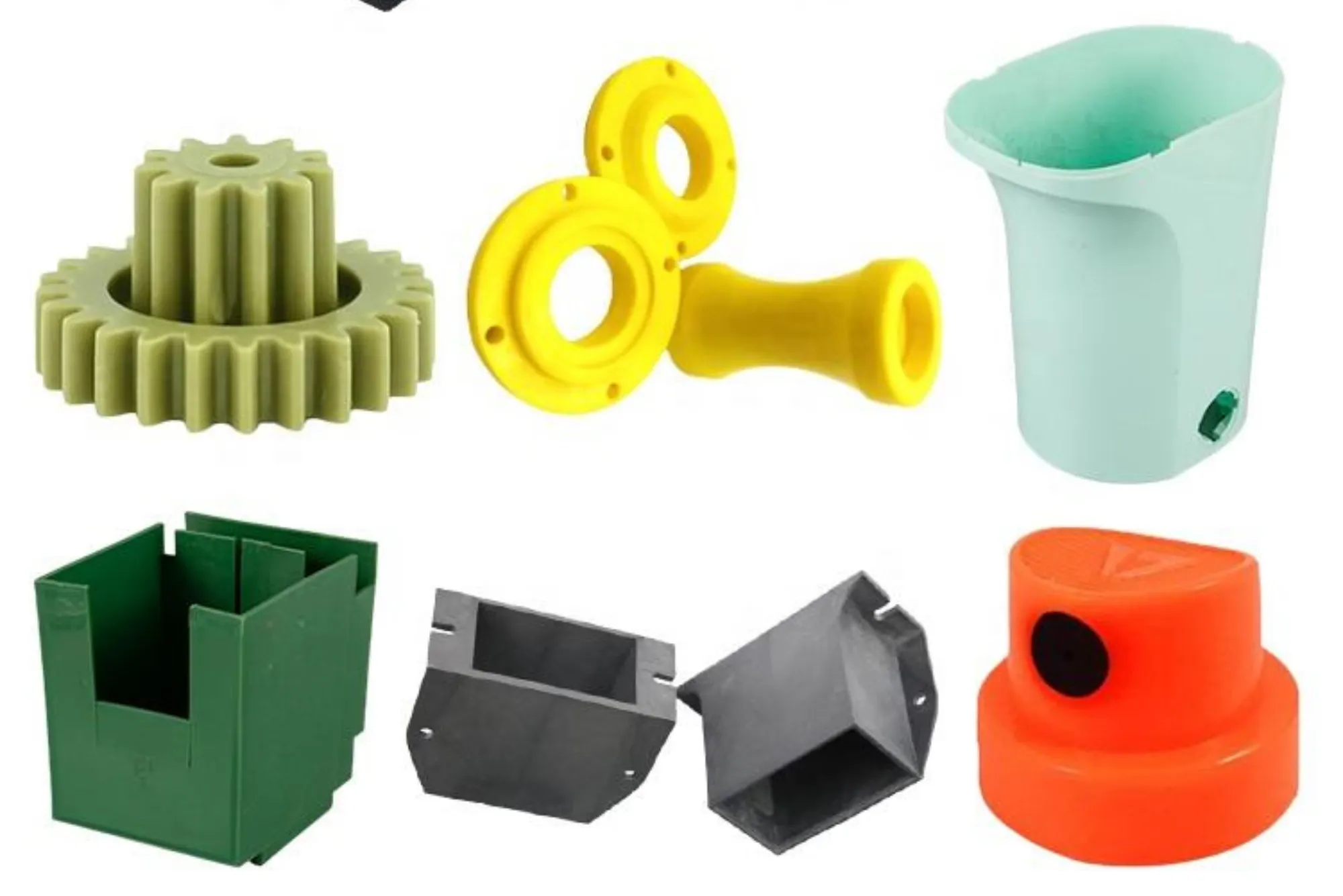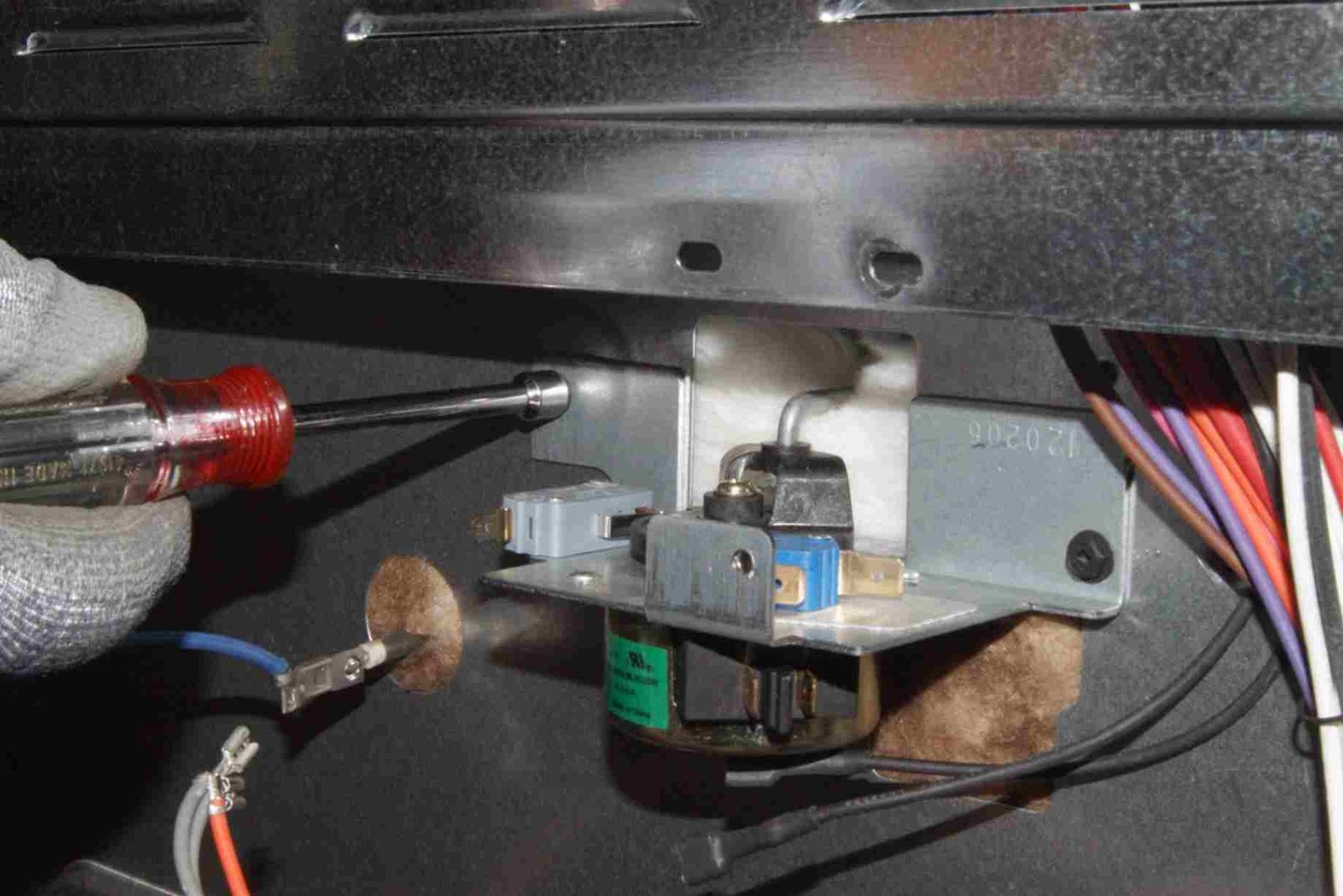Understanding the Key Differences Between DTF Transfers
DTF transfers and screen printing are two of the most widely used methods for custom apparel printing. While both techniques offer high-quality prints, they differ in terms of cost, production speed, fabric compatibility, and durability. Choosing between DTF transfers and screen printing depends on the specific needs of your project, including order size, design complexity, and long-term usage.
How DTF Provides Versatility for Custom Printing
One of the biggest advantages of DTF printing is its versatility. Unlike screen printing, which is best suited for cotton fabrics, DTF transfers can be applied to a variety of materials, including polyester, denim, blends, and synthetic fabrics. This flexibility makes DTF an excellent choice for businesses that want to offer a wider range of apparel options.
Cost Comparison: DTF Transfers vs. Screen Printing
When it comes to cost, DTF transfers provide a more affordable option for small-batch and on-demand printing. Screen printing requires expensive setup costs, including creating separate stencils for each color. In contrast, DTF allows for full-color prints without additional setup fees, making it a cost-effective solution for businesses handling smaller orders.
Production Speed and Efficiency
For businesses looking to fulfill custom orders quickly, DTF transfers offer a faster and more efficient printing process. Screen printing requires multiple steps, including stencil preparation, ink layering, and drying time. With DTF, designs are printed onto transfer film and applied directly to fabric using heat, significantly reducing production time while maintaining high-quality results.
Print Quality and Design Complexity
While screen printing produces vibrant and durable prints, it is limited in terms of design complexity. Detailed images, gradients, and intricate patterns are difficult to achieve with screen printing. On the other hand, DTF transfers allow for high-resolution, full-color designs with smooth gradients and intricate details. This makes DTF the preferred choice for photo-quality prints and detailed artwork.
Durability and Washability
Both DTF transfers and screen printing offer long-lasting results, but they differ in how they wear over time. Screen-printed designs can crack and fade after repeated washing, especially if the ink is not properly cured. DTF prints, however, remain vibrant and flexible, resisting cracking and peeling even after multiple washes. This makes DTF a great option for high-use garments like activewear and work uniforms.
Best Use Cases for DTF Transfers and Screen Printing
Screen printing is ideal for large-volume orders with simple, bold designs, as it provides cost savings when printing in bulk. However, DTF transfers excel in custom and small-batch printing, allowing businesses to offer unique, one-off designs without high upfront costs. If you need high-resolution prints on a variety of fabrics, DTF is the better choice.
Environmental Impact: Which Method is More Sustainable?
With sustainability being a growing concern, DTF printing is considered a more eco-friendly option compared to screen printing. Screen printing requires large amounts of water, ink, and chemicals for cleanup, whereas DTF transfers minimize waste and use water-based inks. Additionally, the ability to print on demand reduces excess inventory and waste in DTF production.
Conclusion
Both DTF transfers and screen printing have their advantages, but the best choice depends on the project’s specific needs. For high-detail, multi-color, and small-batch printing, DTF is the superior option due to its versatility, affordability, and quick turnaround. However, for bulk printing of simple designs, screen printing remains a cost-effective solution. Understanding these differences helps businesses choose the right printing method for their unique requirements.
Frequently Asked Questions
- Which method is better for small orders?
- DTF transfers are more cost-effective for small orders since they do not require expensive setup costs.
- Can DTF prints last as long as screen prints?
- Yes, DTF prints are highly durable and resist cracking and fading, similar to high-quality screen prints.
- Is screen printing better for bulk production?
- Yes, for large-volume printing, screen printing is generally more cost-effective due to economies of scale.
- Which method provides better color accuracy?
- DTF transfers allow for full-color, high-resolution prints, making them superior for detailed designs.
- Does DTF printing work on all fabrics?
- Yes, DTF transfers work on cotton, polyester, blends, denim, and synthetic materials.
- Is screen printing more eco-friendly than DTF?
- No, DTF uses less water and chemicals compared to screen printing, making it a more sustainable option.
- Which method is faster for custom printing?
- DTF transfers are quicker, as they do not require stencil preparation or multiple ink layers.
- Can I print photographic designs with screen printing?
- Screen printing struggles with complex images, whereas DTF excels at detailed, photo-realistic designs.
- Which printing method is best for startup businesses?
- DTF transfers are ideal for startups due to their low initial investment and ability to print on demand.
- Can I use both DTF and screen printing in my business?
- Yes, many businesses use both methods depending on the type of order and production requirements.





